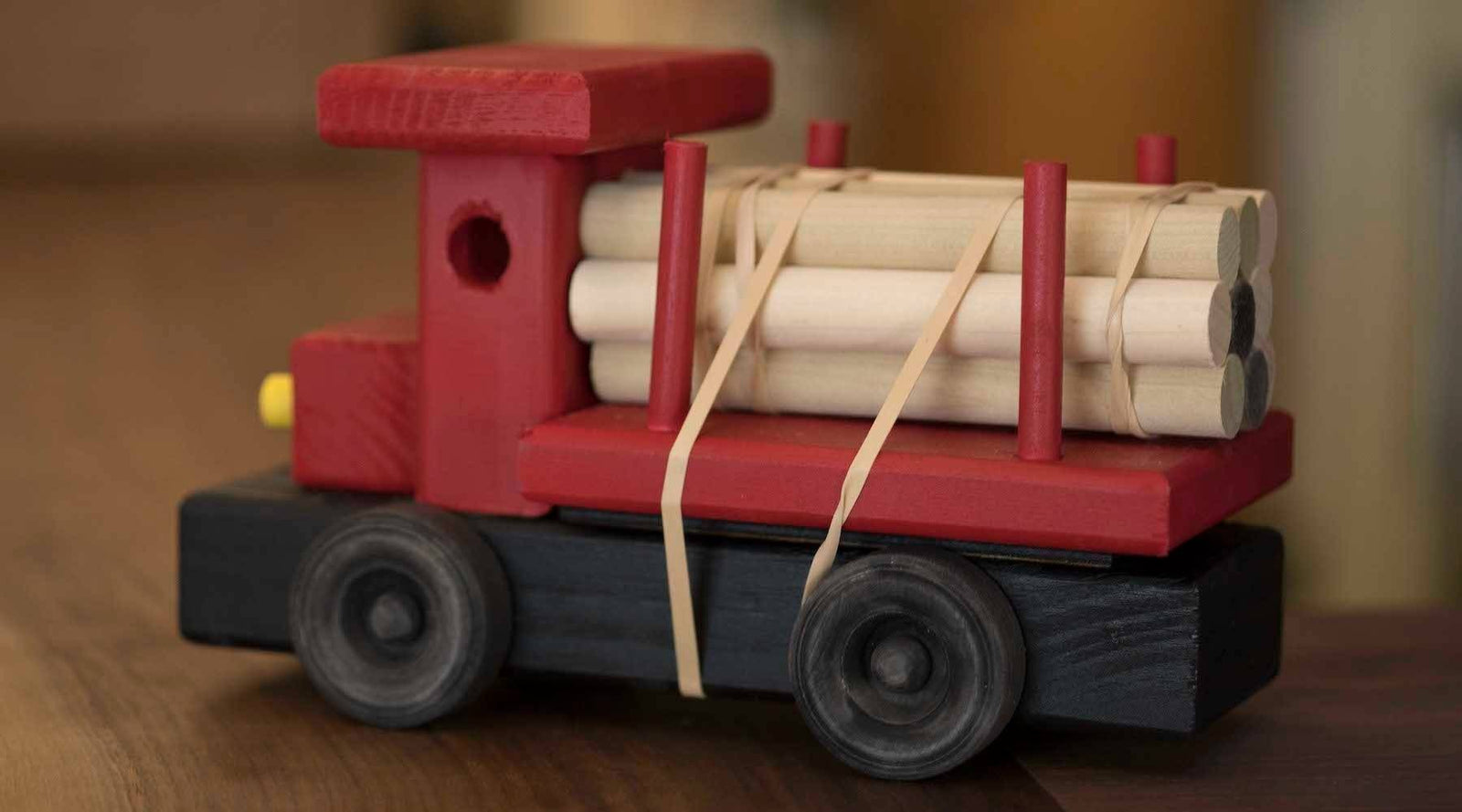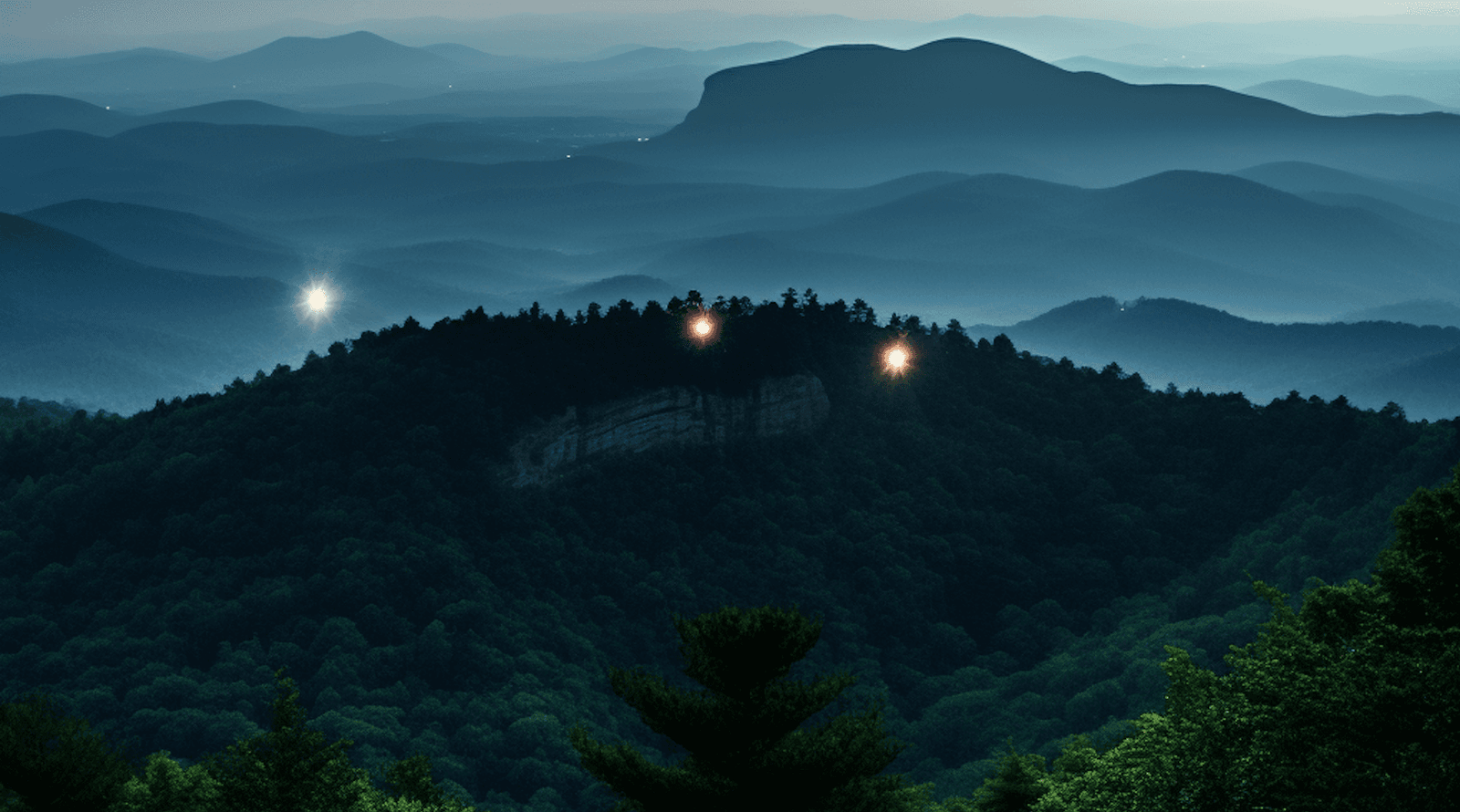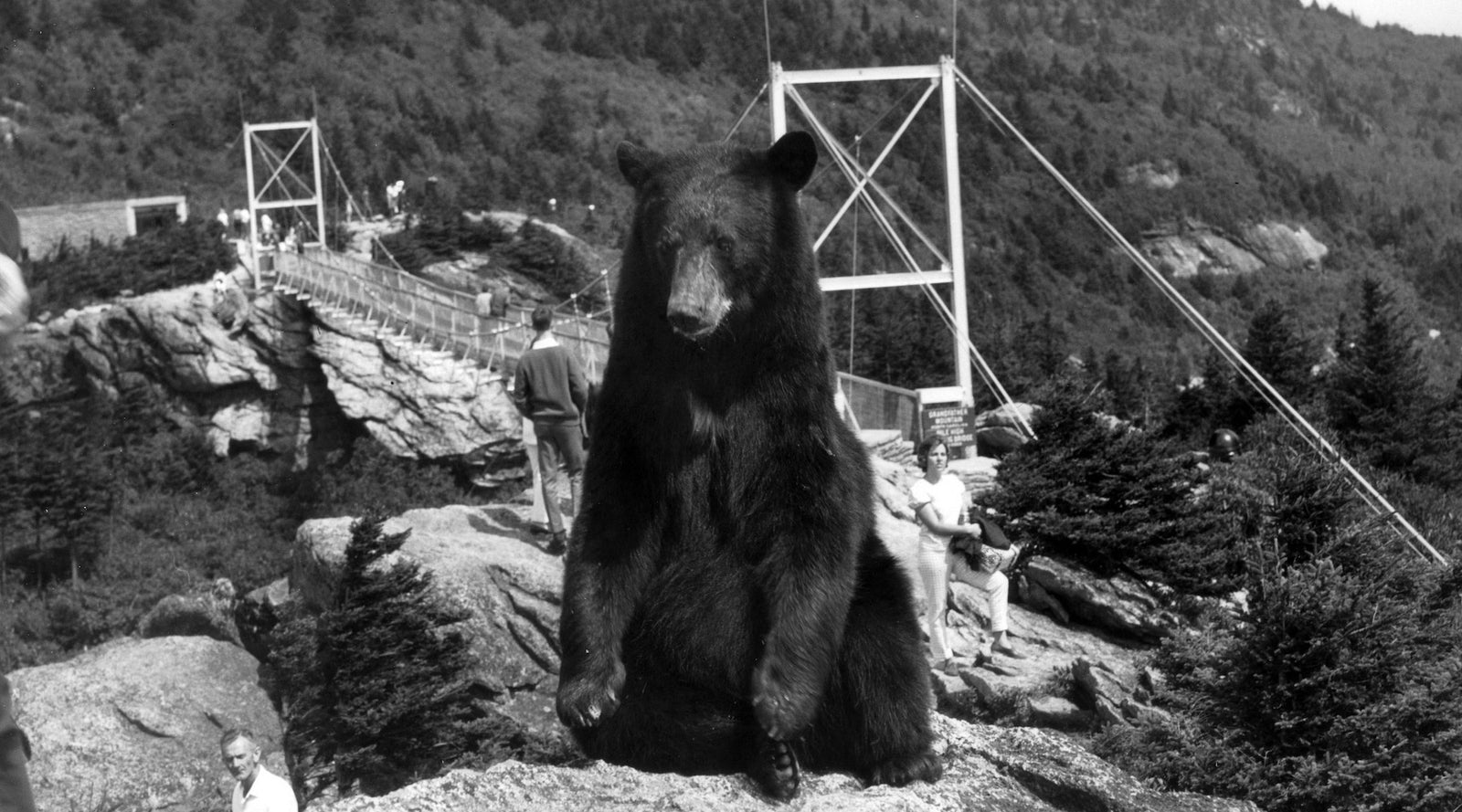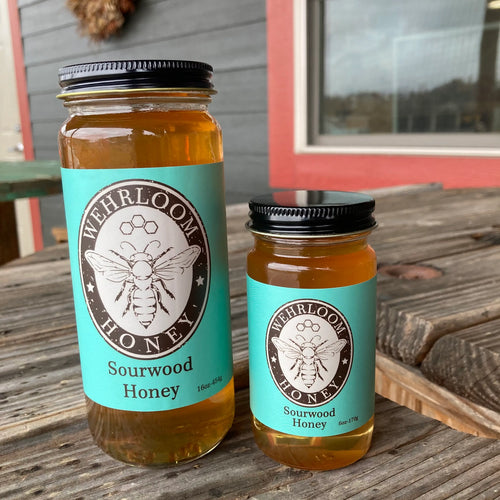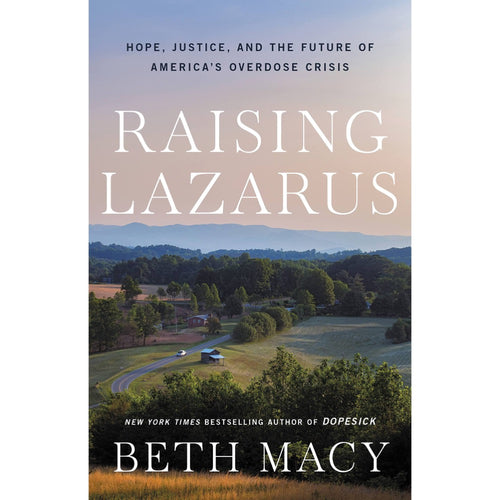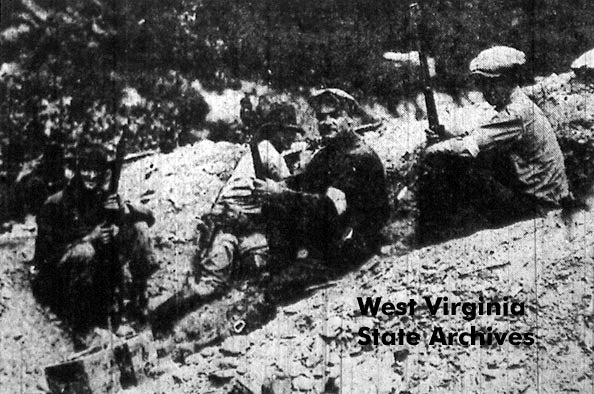
Fighters on Blair Mountain
The security alarm has been sounding a low, pleading beep for the last twelve hours. “Meeeeeer meeeeer meeeeer.” On battery power, it called out through the night and into this morning like a lovelorn cicada that doesn’t know when to stop.
The stove and microwave are down. There’s no air conditioning, and today promises to top 100 degrees. No lights. No hot water. No refrigeration. My computer has some charge left. Otherwise, our house has been rendered pre-industrial.
Sitting shirtless in my den, worrying about my ice cream, I am acutely aware of coal. It’s so easy to take it for granted or blame it for ills—climate change, black lung, soot—but right now, I’d trade my dog for a little bit of its juice.
Coal still provides half of our power in the United States, and I don’t have to tell ya’ll what it means to the Appalachian South. For nearly three centuries, an army of miners has burrowed into our mountainsides to carve it out. Entire towns have risen and fallen around these operations. Recent generations have been fed off of coal’s profits, and before them, even more starved in spite of the wealth associated with their work.
It may be hard to imagine now, in an era of minimum wage and overtime, but early miners had to risk their lives for reasonable pay. There were no picket lines or swarms of union lawyers. To secure a living wage in the early 1900s, they took up arms and waged literal warfare against corporate agents.
There was gunfire, death, sabotage, and battlefields throughout the coal-producing South, but the moment that we should all remember is the Battle of Blair Mountain.
Miners had lived like indentured servants for decades with their livelihood miserly administered by their employers. In August 1921, they'd had enough. As many as 15,000 coal miners rallied. They scrambled up a mountainside and took on corrupt coal operators; their hired militia; and, in the end, the United States Army.
The workers fought for nearly a week. They survived homemade bombs and almost overtook a nearby town. They were only subdued when U.S. fighter planes intervened and dropped gas and explosives, leftovers from WWI, overtop them.
The battle was the largest armed insurrection in the United States since the Civil War, and it changed the course of labor relations in this country.
In a recent article in National Geographic, Cecil Roberts, President of the United Mineworkers of America, explained, "Blair Mountain stands as a pivotal event in American history, where working men and women stood up to the lawless coal barons of the early 20th century and their private armies and fought for their rights as Americans and indeed, the rights of working families all over the world."
Now, almost ninety years later, Blair Mountain is about to be blown to bits. Arch Coal and Massey Energy Company hold rights to blast and mine the land, effectively removing the top of the mountain.
I won’t go into the startling ecological damage caused by mountaintop removal; I’ve covered that before. With Blair Mountain, the trouble is compounded by the looming erasure of a great historic site.
What’s more, the state of West Virginia seems to be complicit. After archeologists discovered relics from the insurrection—guns and shells covering the mountainside--a small coalition secured a listing for Blair Mountain on the National Register of Historic Places. This would have prohibited any strip mining on the mountain.
Within a week, Randall Reid-Smith, a political appointee to the position of West Virginia State Historic Preservation Officer (SHPO), requested that this designation be removed. Reid-Smith claimed that property owners on the mountain favored the mining operation over preservation.
Additional research from preservation advocates found that Reid-Smith’s figures were dead wrong, literally. They included two deceased men as well as one woman who sold her land years before. The state’s figures also omitted 13 property owners entirely. When recalculated, there turned out to be 63 landowners on the mountain, and only 25 objected to its designation as an historic place.
Regardless, in December of last year, the National Register of Historic Places recognized the authority of the SHPO, and removed the protective measure. Mining operations could begin on Blair Mountain at any time.
Want to help save Blair Mountain? Write the National Register and ask that it return the mountain to a protected status.
Want to help save my perishable food? Swing by with a cooler real soon.


